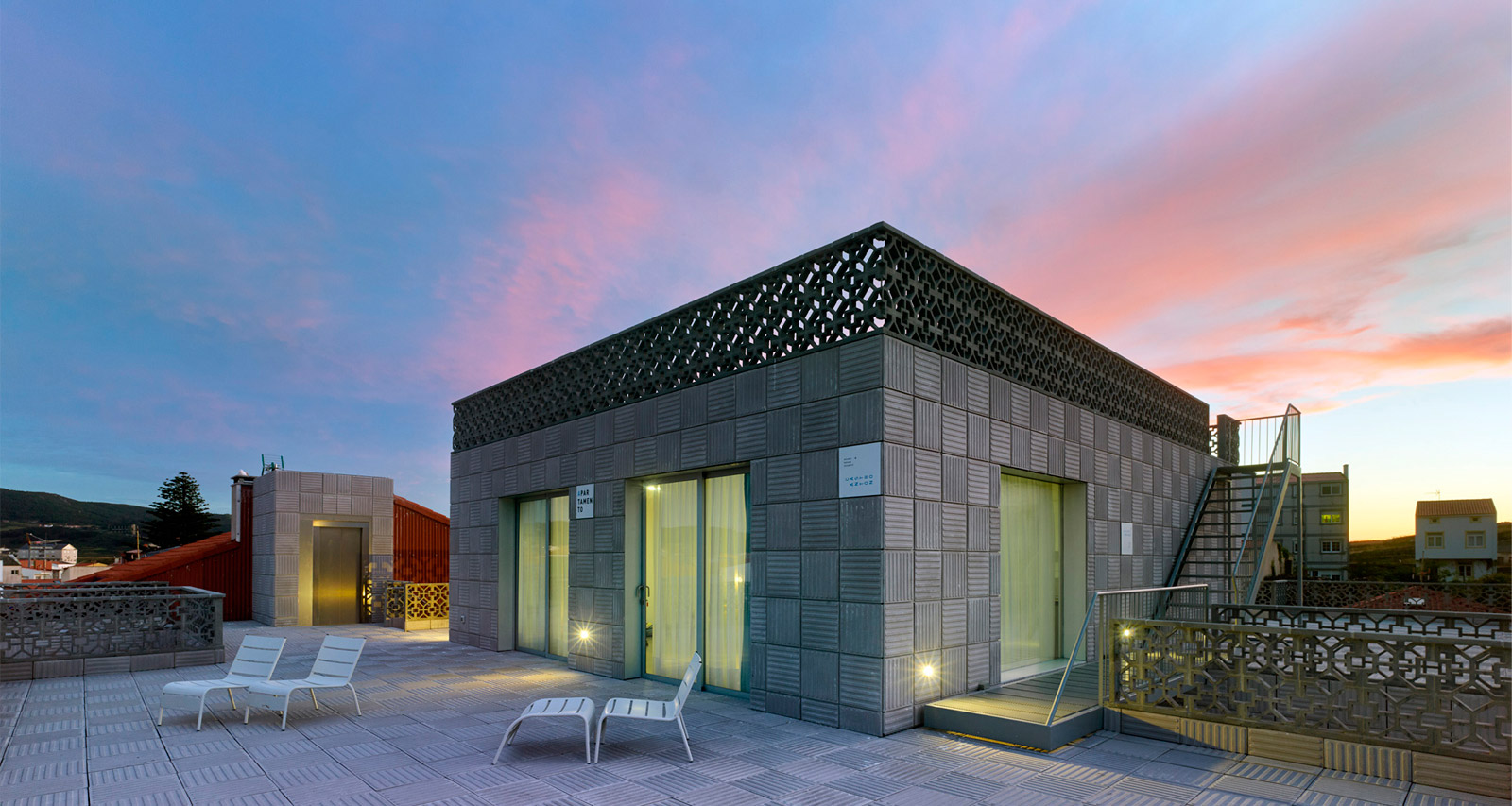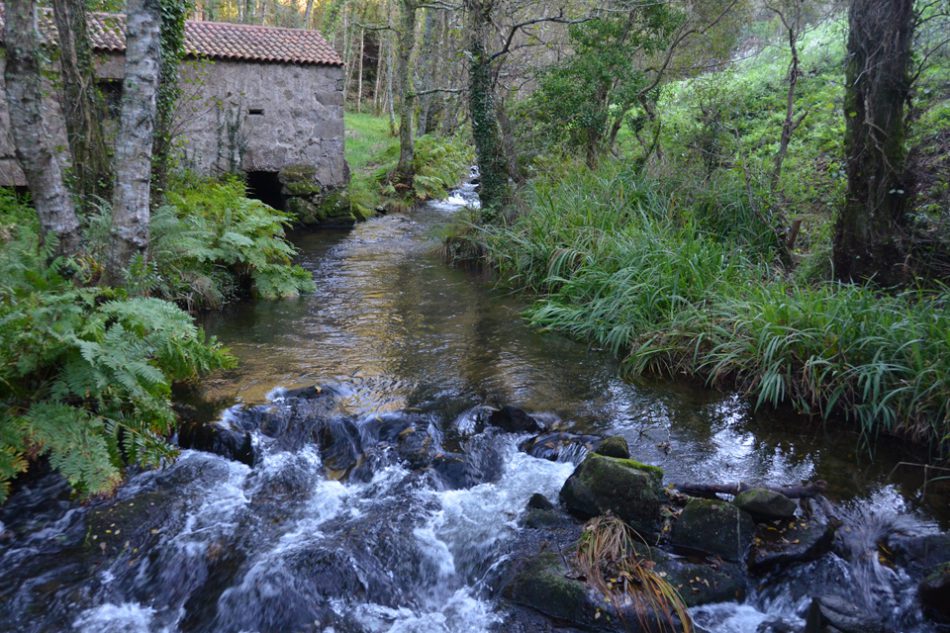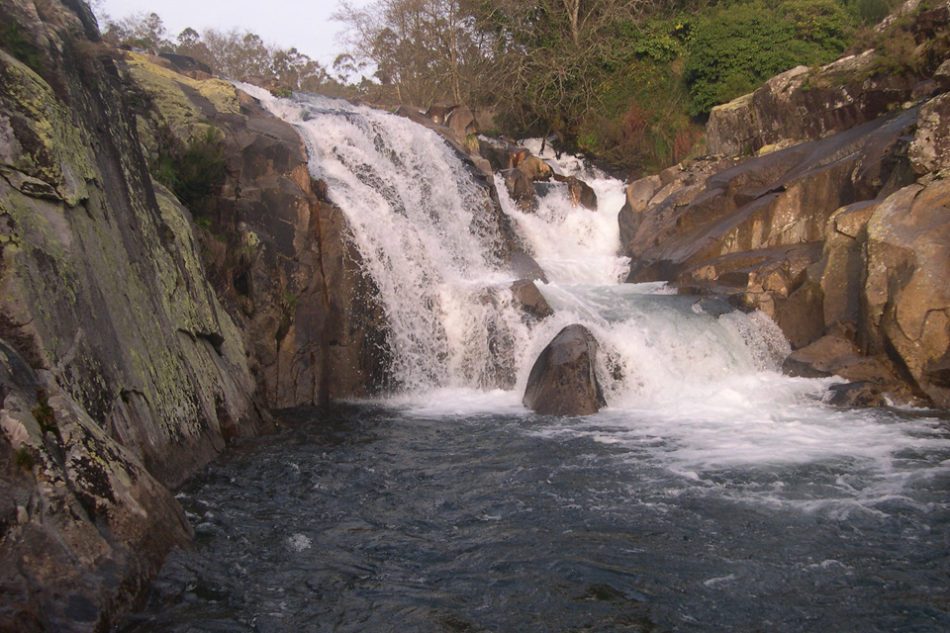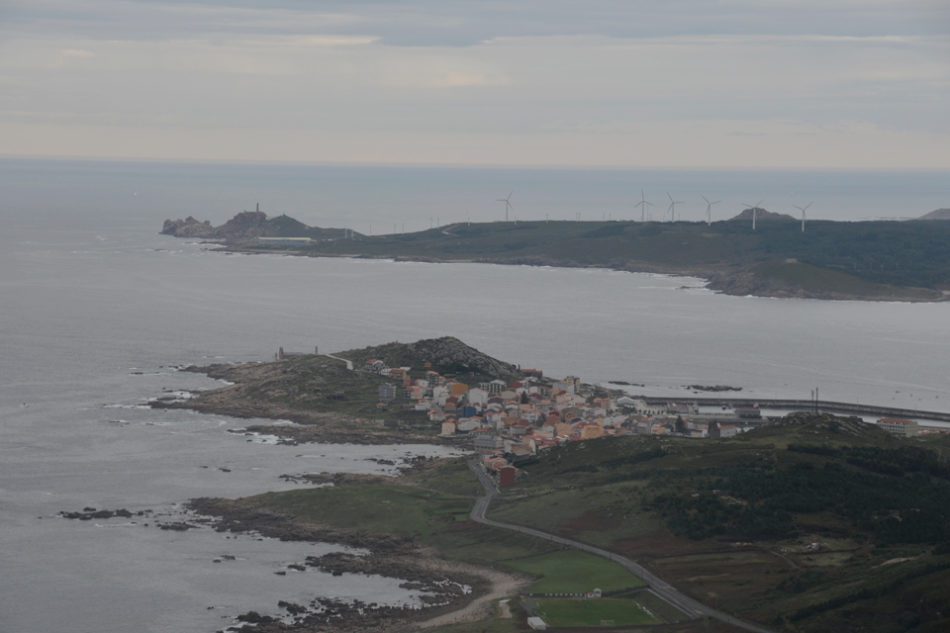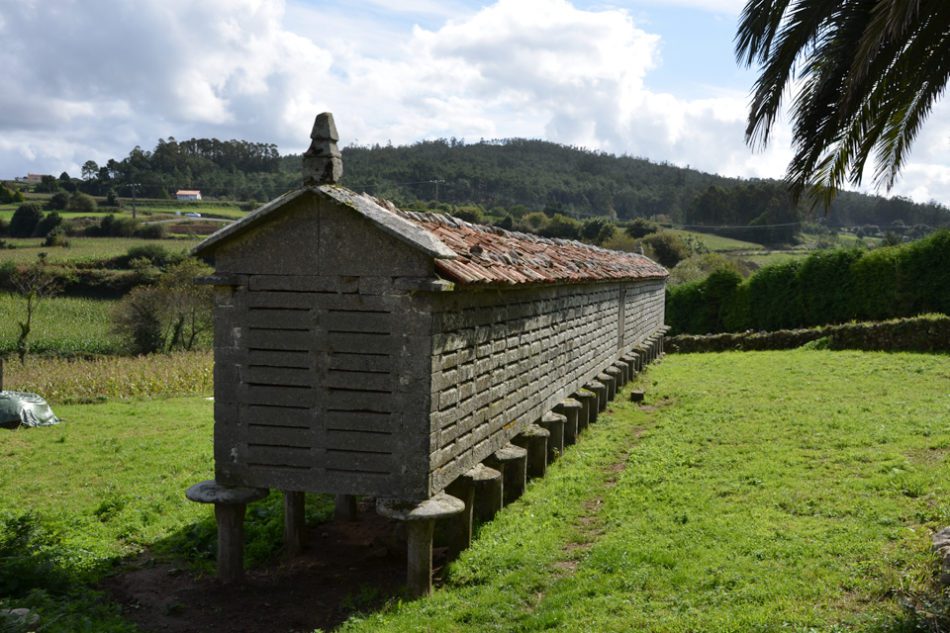ROUTES THROUGH OF MUXÍA.
The village of Muxia is situated in the central part of the Costa da Morte, this gives us the opportunity to get to know this region through two routes, one to the north that leads to Malpica, and another southwards towards Finisterre and Muros.
NORTHERN ROUTE
We leave Muxía by the road that goes to Berdoias, going through Quintáns we take a left towards Ponte do Porto and Camariñas. We make the first stop in Cereixo, to see the Romanic church of Santiago. In the tympanum of the south gate we have the representation of the transfer of the body of the Apostle Santiago. Paired with the Church are the Cereixo towers, an eighteenth century Manor House, which belonged to the Counts of Maceda.
We cross the river of O Porto, in Ponte do Porto, and continue towards Camariñas, fishing village and capital of lace that is done in parishes that borders on the estuary. There is a museum dedicated to this handicraft. From Camariñas we continue to Vilán cape, a rocky promontory on which the impressive lighthouse was built which became operational in 1896. The views from here are splendid.
Retuning it’s worth it taking the track leading to the English Graveyard, the most symbolic place of many shipwrecks that occurred on this coast.
SOUTHERN ROUTE
To start this route we leave Muxia by the road leading to Cee. When you reach Pereiriña, we take a right towards Lires, an inviting villaje protected from the sea winds, in which the river Castro flows. Then we continue towards Fisterra. Passing by O Rostro beach, a wild and solitary, sandy area suitable for a walk. After going through small villages we arrive to Fisterra, the most visited place of the Costa da Morte, end of jacobus route, just like Muxia. First we go to the lighthouse, located at the western end of the cape. The building dates from 1853, when the first maritime signals on this coast were installed. This place invites to contemplate the landscape in which stands out in Pindo mountain in front. We have a track that climbs to the top of Mount Facho, place of legends and where the remains of the chapel of San Guilherme is found.
